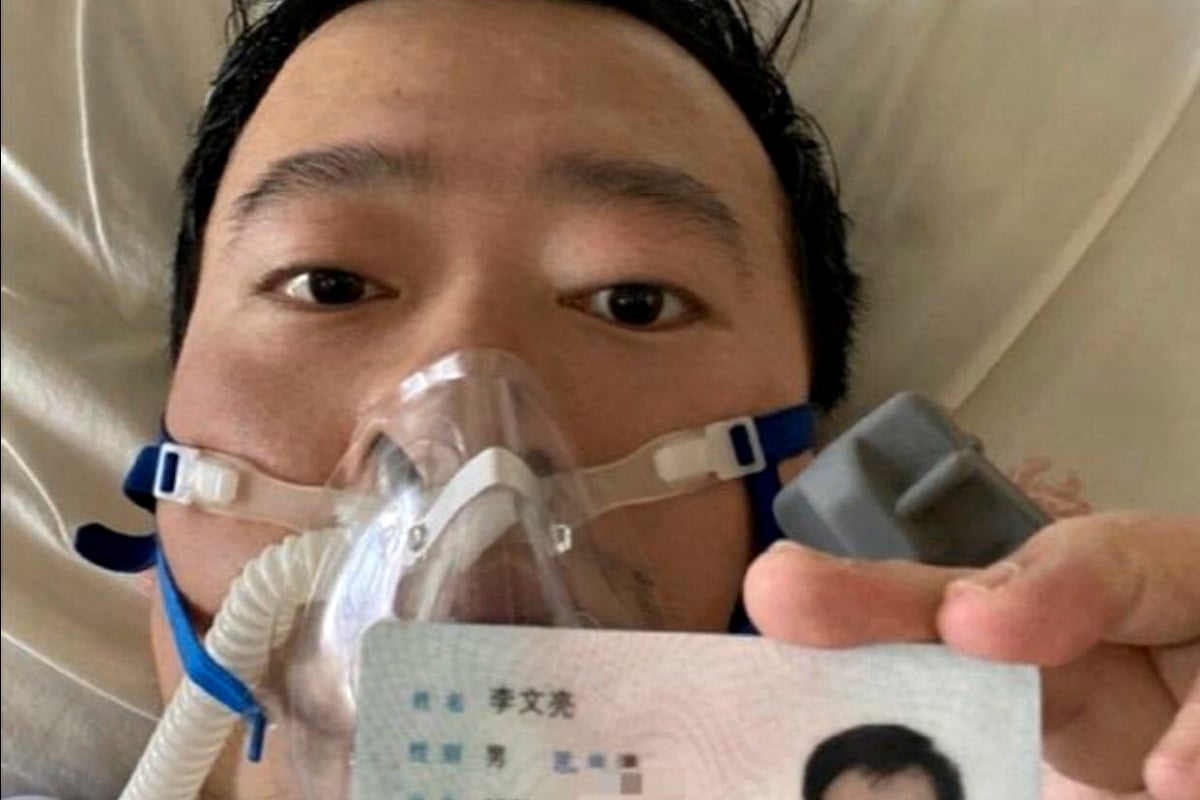
In late December 2019, Chinese doctor Li Wenliang contacted members of his medical school alumni group on WeChat. There were seven people in quarantine in his hospital in Wuhan, he wrote; all were from a local seafood market and all were showing signs of a respiratory illness similar to SARS.
Memories of the 2003 outbreak, which infected 8,098 people and claimed 774 lives, were front of the 34-year-old ophthalmologist’s mind.
“I only wanted to remind my university classmates to be careful,” Li later told CNN.


Top Comments
'Some are questioning' I would of thought everyone would of had concerns.
There has been some pretty horrific images coming out of China.
I've been to China, an amazing place with beautiful people.
I wouldn't trust their government at all.
Everyone should be questioning the Chinese Government's Covid response. Including the Chinese Government.